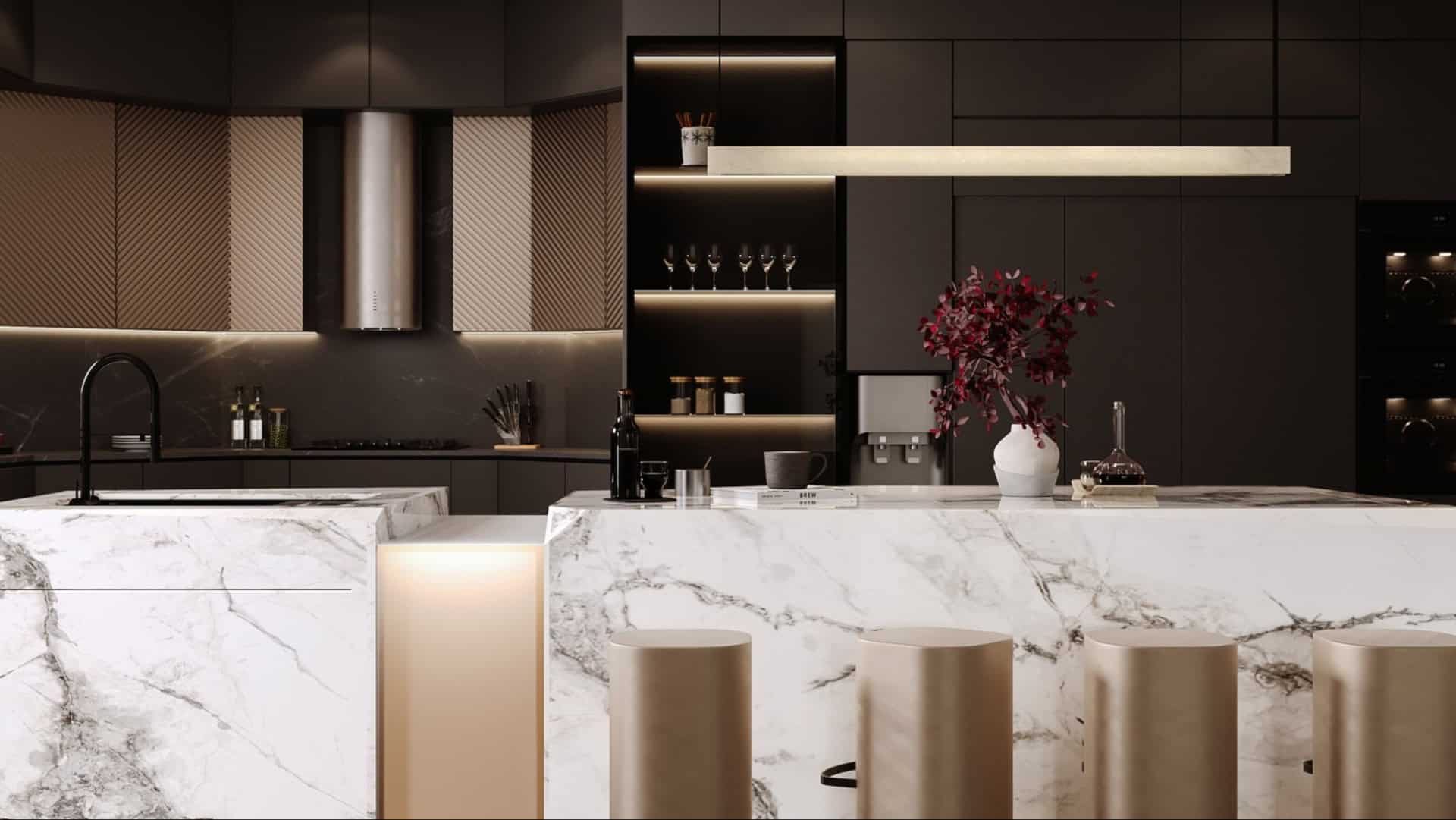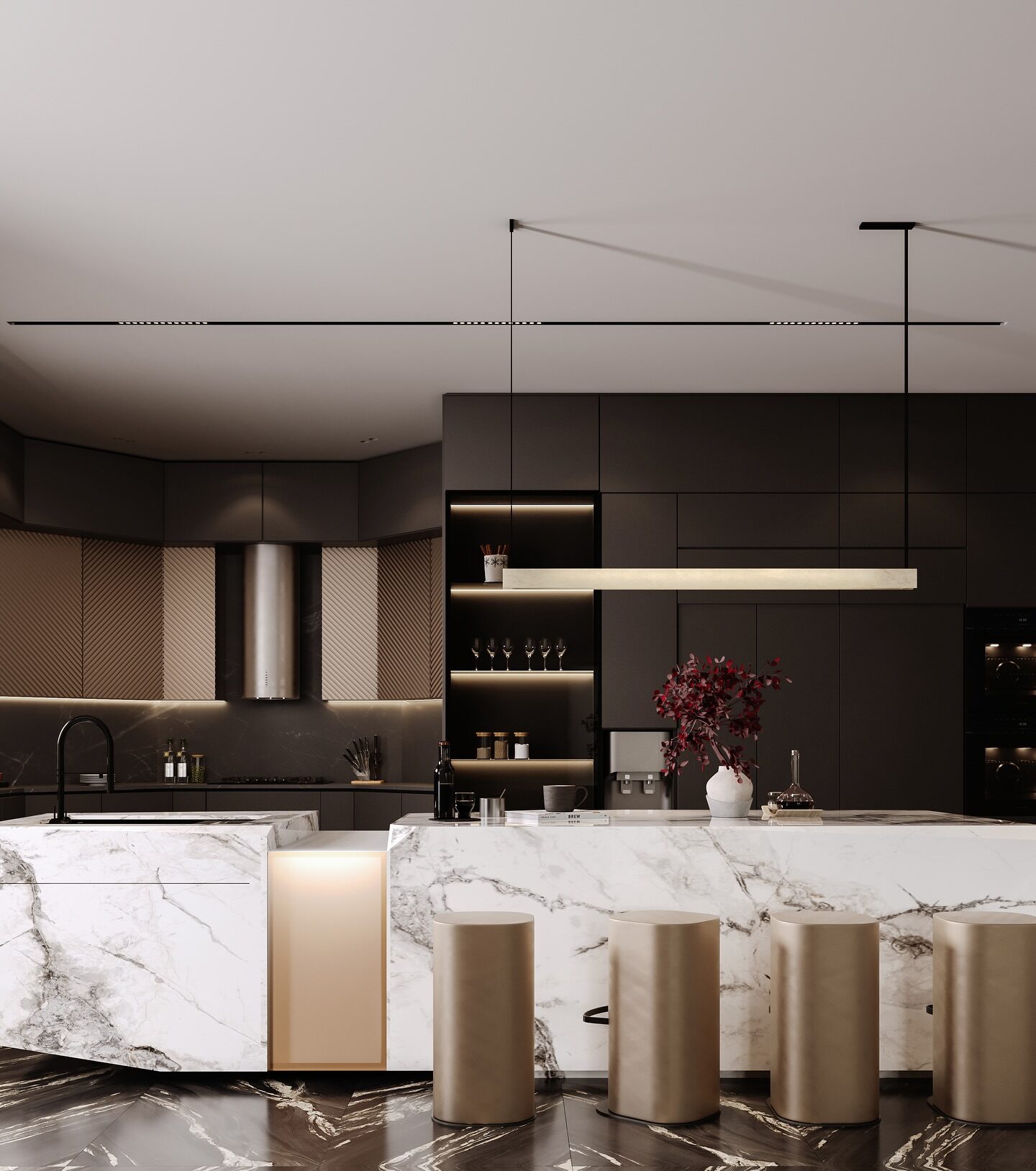Choosing the perfect countertop shade for your kitchen can significantly impact the room’s overall aesthetic.
In this guide, we’ll explore 10 essential considerations to help you decide between light and dark countertops.
From mood and style to maintenance and lighting, each factor plays a vital role in determining the best choice for your kitchen environment.
1. Mood and Ambiance
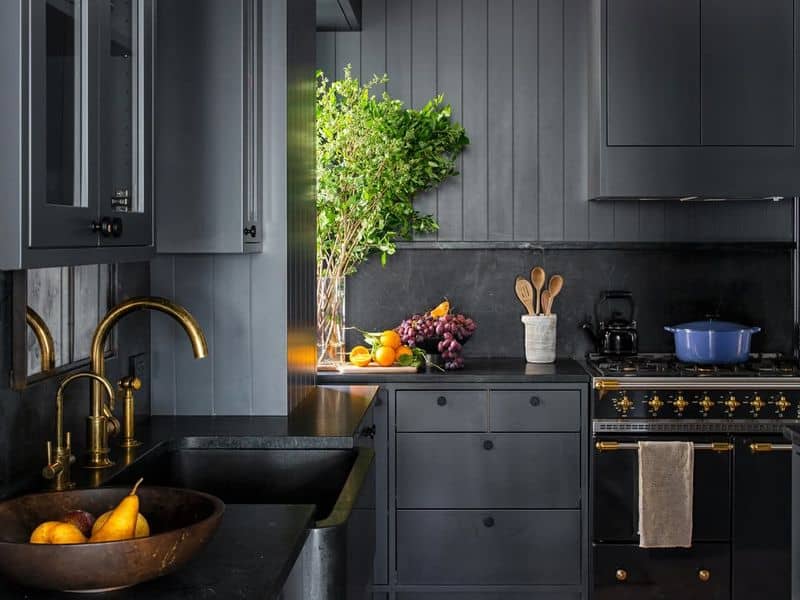
The mood of your kitchen sets the stage for your culinary adventures. Light countertops can create a fresh, airy ambiance, making small spaces feel more open.
Dark countertops, on the other hand, bring a sense of elegance and drama, perfect for a more sophisticated look.
Consider the feeling you want to evoke in your kitchen. A light surface might be the way to go for a casual, welcoming vibe, while dark tones can add a touch of luxury.
2. Style Compatibility
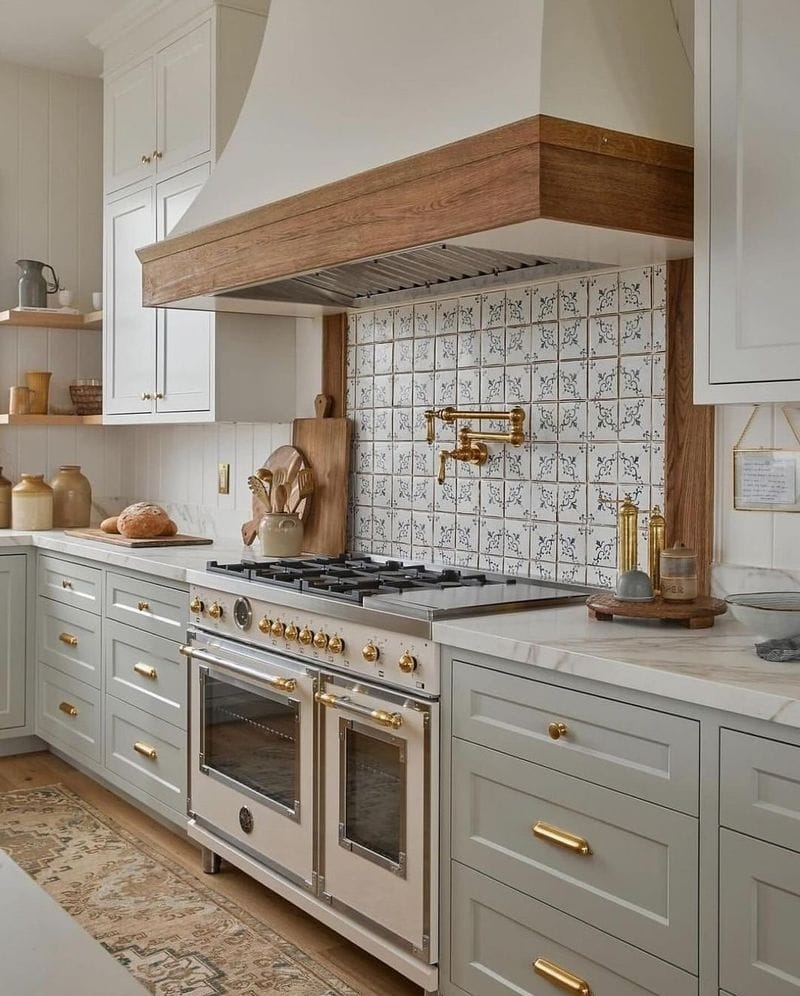
Your countertop should seamlessly blend with your kitchen’s style. Light countertops pair well with traditional or farmhouse designs, enhancing their charm.
Dark tones complement modern or industrial styles, providing a sleek and polished appearance.
Assess your kitchen’s design elements, such as cabinets and flooring. The right countertop can enhance these features, ensuring a cohesive look.
Whether you’re going for rustic or chic, the countertop plays a crucial role in style alignment.
3. Maintenance and Stains
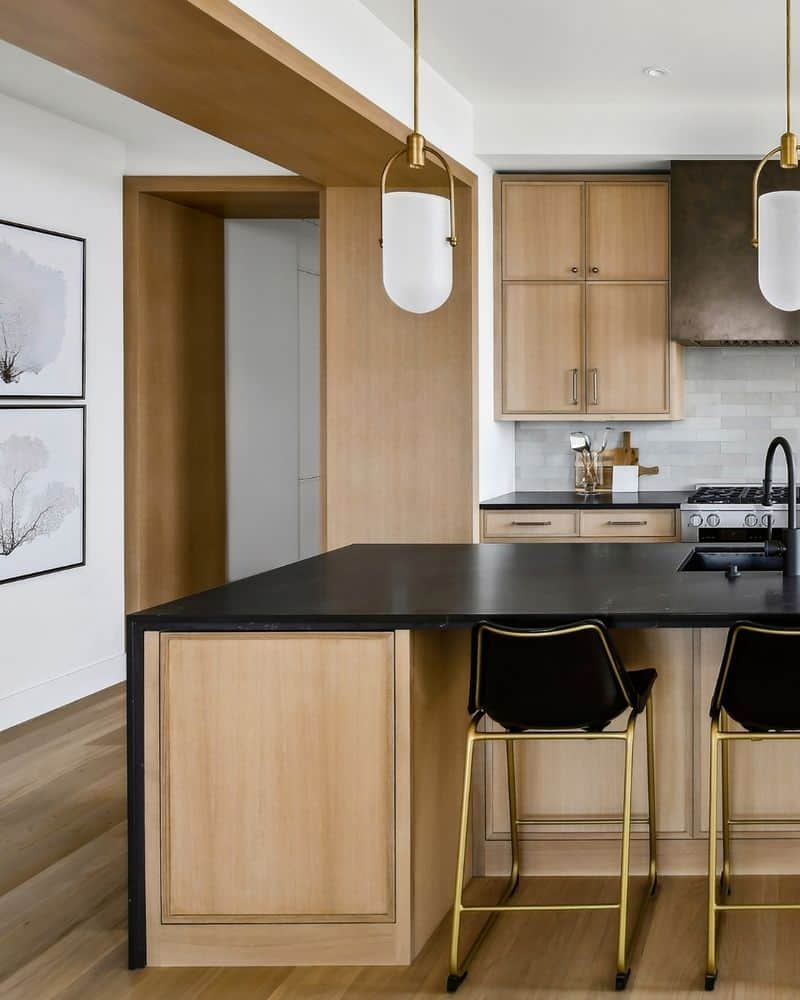
Maintenance is a key factor in choosing a countertop shade. Light surfaces tend to show stains and scratches more readily, requiring frequent cleaning.
Dark countertops can hide minor blemishes but may reveal dust and light-colored residues.
Consider your cleaning habits and lifestyle. If you prefer a low-maintenance option, darker shades might be more forgiving.
However, if you’re diligent with upkeep, a light countertop can stay pristine with regular care.
4. Lighting Considerations

Lighting plays a pivotal role in how your countertop appears.
Light countertops reflect more light, brightening up dim areas, while dark ones absorb light, which can make spaces feel cozy.
Evaluate your kitchen’s natural and artificial lighting.
Ample sunlight might enhance dark countertops, while limited light can benefit from lighter surfaces to keep the area bright and welcoming.
Choosing based on your lighting can optimize your kitchen’s overall ambiance.
5. Color Scheme Harmony
Your kitchen’s color scheme should guide your countertop choice. Light countertops blend seamlessly with pastel or neutral themes, enhancing their subtlety.
Dark counters offer a strong contrast, ideal for bold color schemes.
Review your kitchen’s existing colors and accents. A harmonious palette ensures that your countertops integrate smoothly, enhancing the kitchen’s visual appeal.
Striking the right balance can elevate your kitchen’s design to new heights.
6. Resale Value Impact
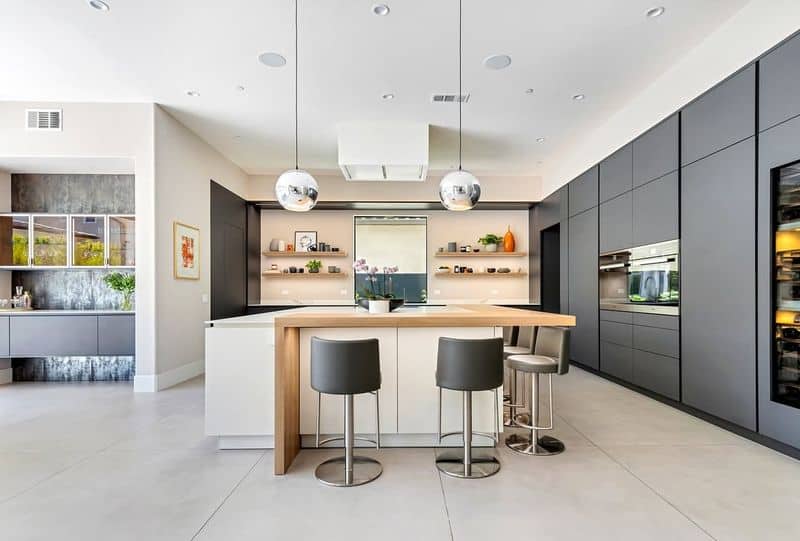
Countertop color can influence your home’s resale value. Neutral, light countertops often appeal to a broader audience, making them a safer investment.
Dark countertops, while stylish, may cater to specific tastes.
Consider your future plans. If selling your home is on the horizon, opting for a neutral countertop can enhance marketability.
However, if you plan to stay long-term, choosing a color that reflects your personal style can create a more satisfying living space.
7. Personal Preference
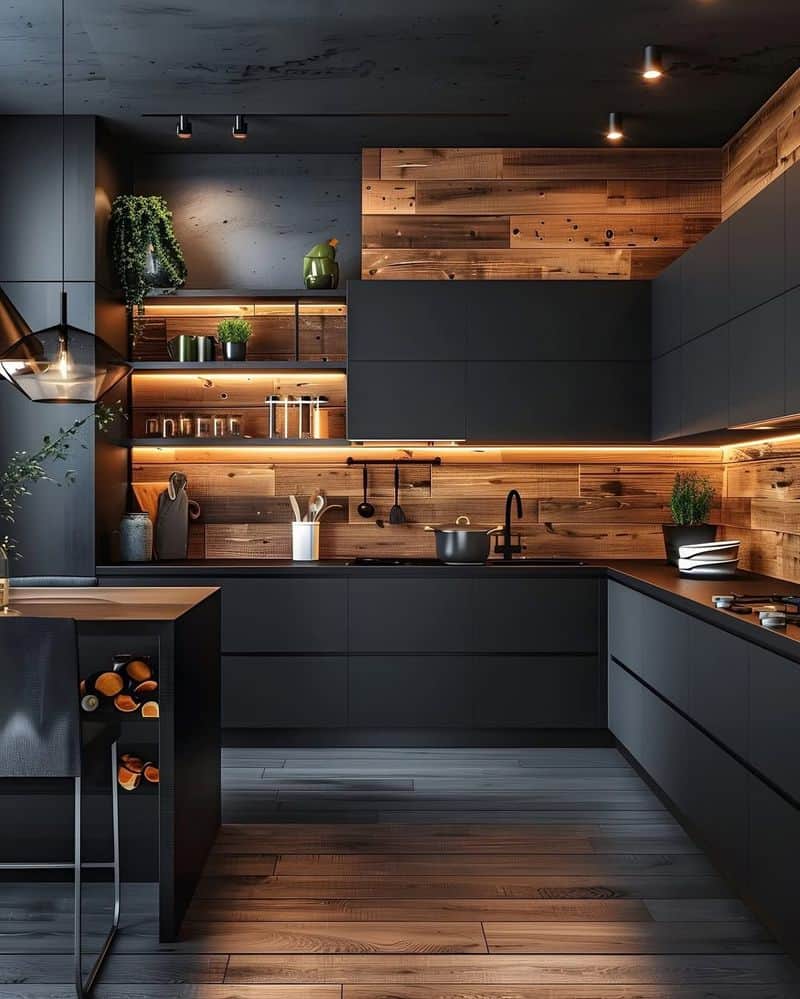
Ultimately, your countertop should reflect your personal taste.
Light surfaces might appeal if you favor bright, cheerful environments, while darker shades could match a preference for moody elegance.
Think about your lifestyle and aesthetic inclinations. Since your kitchen is a personal space, choosing a countertop that resonates with you will enhance your daily experience.
Trust your instincts and prioritize what feels right in your culinary haven.
8. Durability and Material
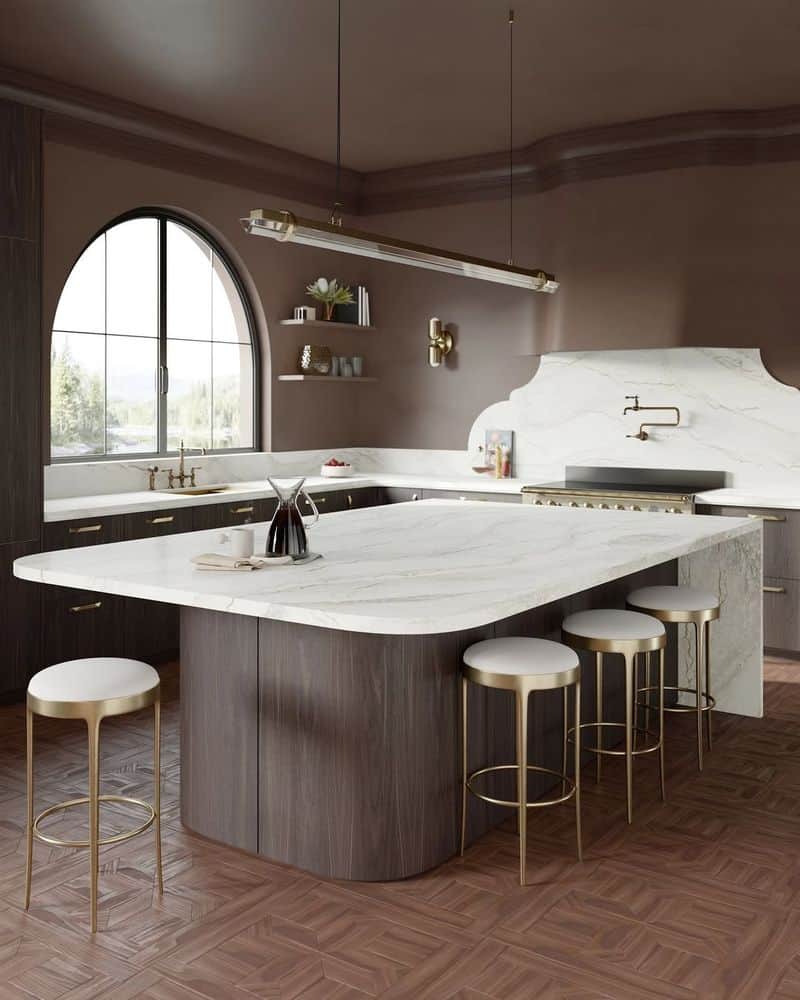
Material choice impacts both color durability and aesthetic. Light granite or quartz surfaces are durable yet may require sealing to prevent stains.
Dark marble offers elegance but demands careful maintenance.
Assess how each material complements your kitchen’s use. If durability is a priority, choose materials known for longevity.
Your choice can contribute to how effectively the countertop withstands daily wear, ensuring it remains beautiful over time.
9. Trend Versus Timeless
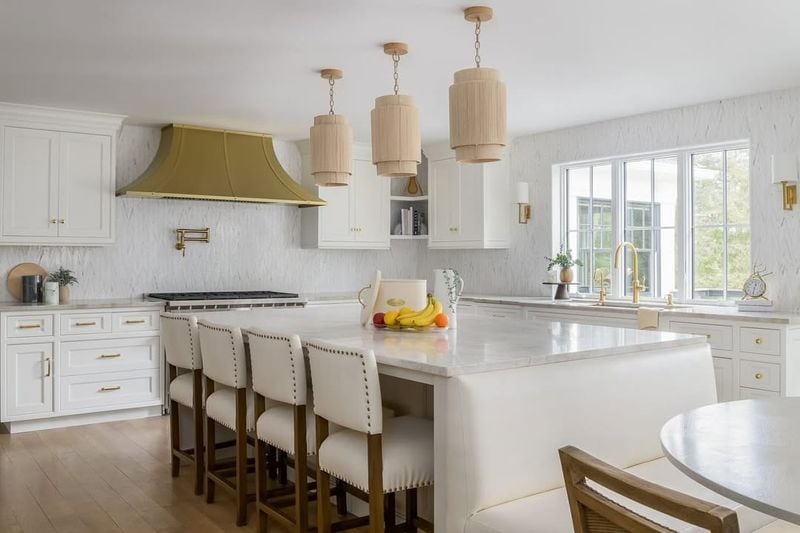
Decide if you want a trendy or timeless look. Light countertops often align with classic, enduring styles, while dark ones can represent bold, contemporary trends.
Reflect on how your choice will age with your kitchen. If you lean towards timelessness, lighter shades provide lasting appeal.
On the other hand, if keeping up with trends excites you, darker tones might offer that cutting-edge feel.
Balance these aspects to fit your home’s personality.
10. Space Optimization
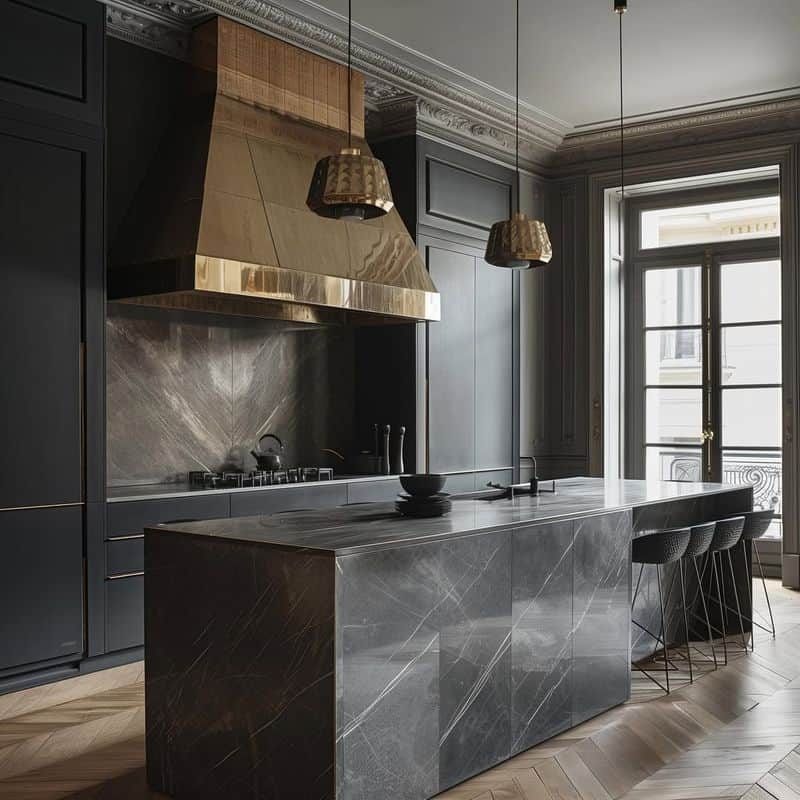
Strategically chosen countertops can alter your kitchen’s spatial perception.
Light shades can open up compact spaces, creating an airy feel, while dark ones can add depth to expansive areas.
Consider your kitchen’s size and layout. If space is limited, lighter colors can create an illusion of roominess.
Conversely, for larger kitchens, dark countertops can bring a sense of balance and intimacy. Choosing wisely can transform your kitchen’s spatial dynamics.

